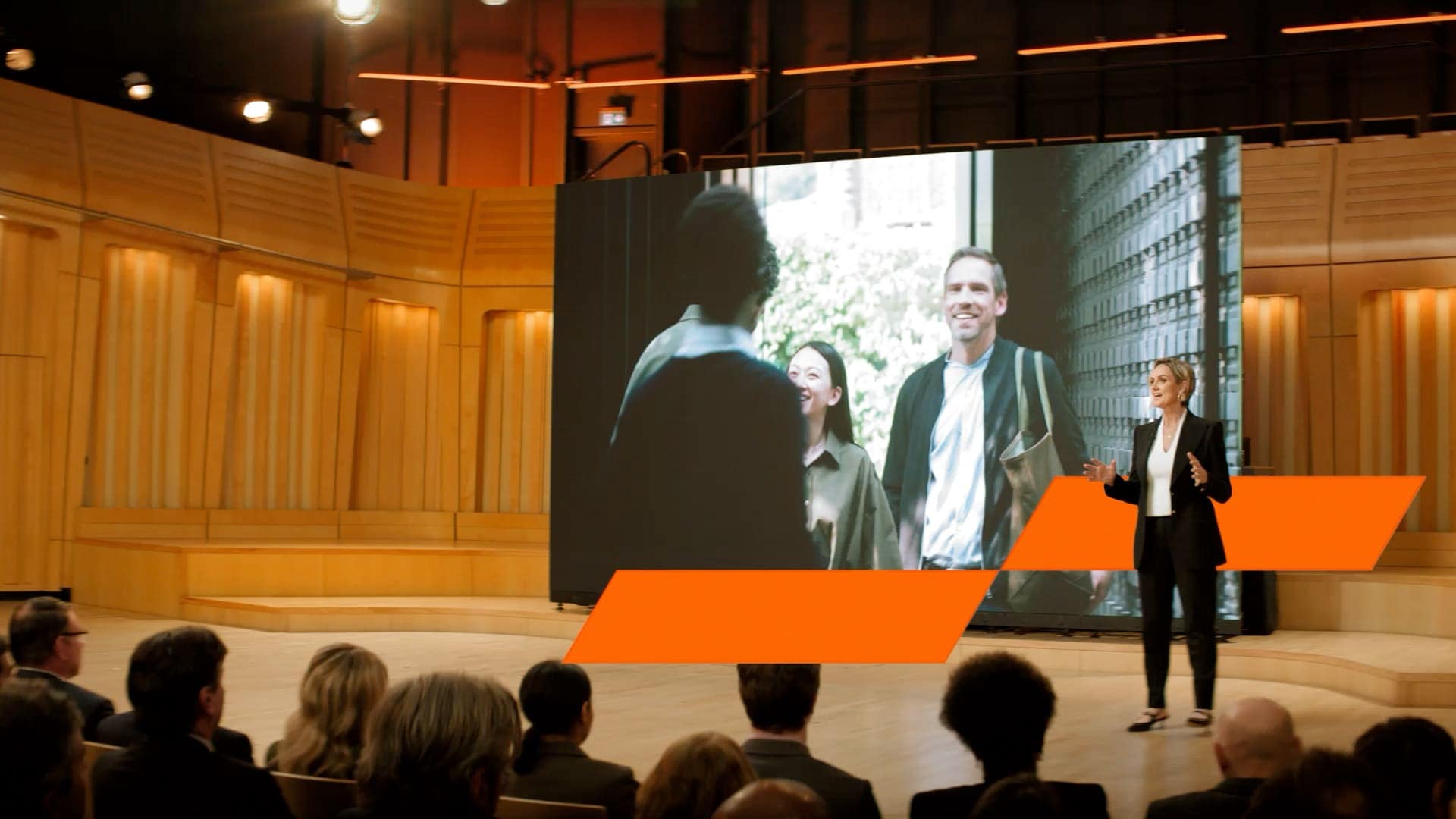Value in motion Canada’s moment to capture new growth

Value in motion Canada’s moment to capture new growth
Featured
Making a difference
Follow PwC Canada








© 2018 - 2025 PwC. All rights reserved. PwC refers to the PwC network and/or one or more of its member firms, each of which is a separate legal entity. Please see www.pwc.com/structure for further details.





















